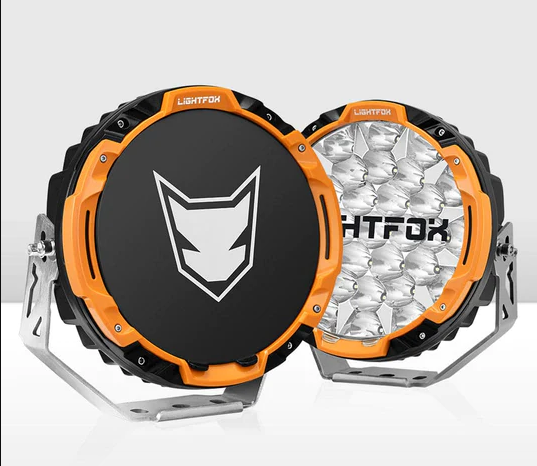Motorcycles have come a long way since their 19th-century roots. The vehicles continue to be a dominant form of transportation around the world. With quick acceleration, a low profile and admirable fuel efficiency, motorcycles serve several occupational and recreational purposes. You can learn how the motorcycles of the past compare to those today in the following sections.
Technological Innovations Made in the Motorcycle Industry
When you see multiple listings for motorcycle tires for sale or ads for new model bikes, you realize that the motorcycle industry is in full swing. In 1867, a steam engine was attached to a crude bicycle in France, and in the same year, an American used a coal-burning engine on his early motorcycle. The designs weren’t commercially successful, but soon, the internal combustion engine was used on Triumph, Indian and Harley Davidson models.
Motorcycle production increased dramatically during World War I, and Triumph and Harley Davidson began producing models for the military. Triumph’s revolutionary 499-cc air-cooled four-stroke single-cylinder engine was fitted to its Model H, and the modern motorcycle was born. In 1937, Harley Davidson advanced motorcycle technology when it broke a speed record with a 61 cubic inch overhead valve-driven machine.
In the 1950s, Japanese manufacturers entered the industry and became major competitors with American and British companies. After Honda’s successful promotional campaign in the early 1960s, motorcycle sales worldwide exploded, and production didn’t slow down under the energy crisis of the 1970s. Engineers continued to refine motorcycle designs to improve power, suspension and fuel efficiency. Advancements such as the S&S Cycle Super E Carburetor made the bikes more accessible to everyday riders.
In the 1980s, fuel-injected engines made motorcycle engines more efficient and environmentally friendly, but one of the most significant advancements was the creation of anti-lock braking systems (ABS). The brakes made riding much safer and resulted in fewer accidents and fatalities. BMW improved the ABS on its models in 2014 with brakes that cannot lock up when the machine is cornering. Designers continue to enhance the design of motorcycle parts, and the future of the industry looks promising.
What the Future Holds for the Motorcycle Industry
With the number of motorcycle riders increasing rapidly every year, manufacturers’ have responded by appealing to a broader audience of customers. Currently, nearly 20% of motorcycle owners are women. Although foreign and domestic companies were slow to appeal to women’s growing interest in motorcycles, companies such as Harley Davidson are designing and promoting new models geared towards a female audience.
Although airbags are only used on racing models, industry analysts suggest they’re likely to appear on production models soon to improve safety. Another system in development is the dynamic brake light. If a rider brakes hard in traffic, a brighter brake light alerts other drivers and makes the rider more visible.
Like the auto industry, motorcycle makers are investing in electric technology to ultimately produce electric motorcycles with zero emissions and minimal engine noise. As more people worldwide clamor for more advanced machines, manufacturers are improving on previous designs to meet the public’s demands.
Motorcycle designs have evolved substantially since the early production models and continue to advance in the 21st century. When you need quality motorcycle parts, you can rely on a trusted online seller for the newest components and accessories.

